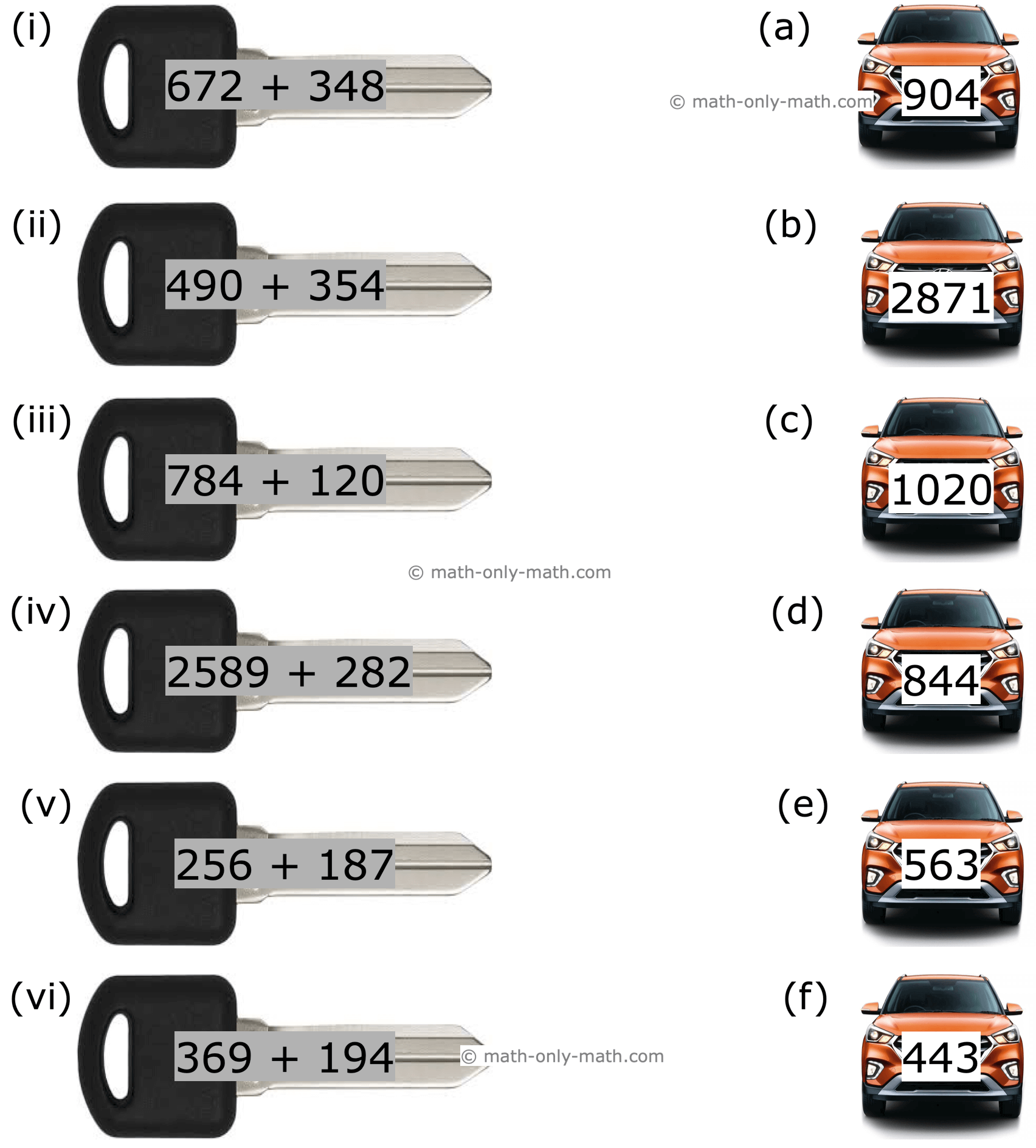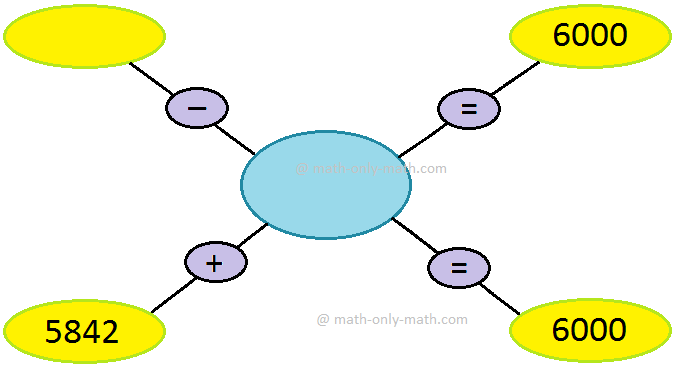Order of a Surd
The order of a surd indicates the index of root to be extracted.
In \(\sqrt[n]{a}\), n is called the order of the surd and a is called the radicand.
For example: The order of the surd \(\sqrt[5]{z}\) is 5.
(i) A surd with index of root 2 is called a second order surd or quadratic surd.
The surds which have the indices of root 2 are called as second order surds or quadratic surds. For example√2, √3, √5, √7, √x are the surds of order 2.
Example: √2, √5, √10, √a, √m, √x, √(x + 1) are second order surd or quadratic surd (since the indices of roots are 2).
(ii) A surd with index of root 3 is called a third order surd or cubic surd.
If x is a positive integer with nth root, then is a surd of nth order when the value of is irrational. In expression n is the order of surd and x is called as radicand. For example is surd of order 3.
The surds which have the indices of cube roots are called as third order surds or cubic surds. For example ∛2, ∛3, ∛10, ∛17, ∛x are the surds of order 3 or cubic surds.
Example: ∛2, ∛5, ∛7, ∛15, ∛100, ∛a, ∛m, ∛x, ∛(x - 1) are third order surd or cubic surd (since the indices of roots are 3).
(iii) A surd with index of root 4 is called a fourth order surd.
The surds which have the indices of four roots are called as forth order surds or bi-quadratic surds.
For example ∜2, ∜4, ∜9, ∜20, ∜x are the surds of order 4.
Example: \(\sqrt[4]{2}\), \(\sqrt[4]{3}\), \(\sqrt[4]{9}\), \(\sqrt[4]{17}\), \(\sqrt[4]{70}\), \(\sqrt[4]{a}\), \(\sqrt[4]{m}\), \(\sqrt[4]{x}\), \(\sqrt[4]{x - 1}\) are third order surd or cubic surd (since the indices of roots are 4).
(iv) In general, a surd with index of root n is called a n\(^{th}\) order surd.
Similarly the surds which have the indices of n roots are nth order surds. \(\sqrt[n]{2}\), \(\sqrt[n]{17}\), \(\sqrt[n]{19}\), \(\sqrt[n]{x}\) are the surds of order n.
Example: \(\sqrt[n]{2}\), \(\sqrt[n]{3}\), \(\sqrt[n]{9}\), \(\sqrt[n]{17}\), \(\sqrt[n]{70}\), \(\sqrt[n]{a}\), \(\sqrt[n]{m}\), \(\sqrt[n]{x}\), \(\sqrt[n]{x - 1}\) are nth order surd (since the indices of roots are n).
Problem on finding the order of a surd:
Express ∛4 as a surd of order 12.
Solution:
Now, ∛4
= 4\(^{1/3}\)
= \(4^{\frac{1 × 4}{3 × 4}}\), [Since, we are to convert order 3 into 12, so we multiply both numerator and denominator of 1/3 by 4]
= 4\(^{4/12}\)
= \(\sqrt[12]{4^{4}}\)
= \(\sqrt[12]{256}\)
Problems on finding the order of surds:
1. Express √2 as a surd of order 6.
Solution:
√2 = 2\(^{1/2}\)
= \(2^{\frac{1 × 3}{2 × 3}}\)
= \(2^{\frac{3}{6}}\)
= 8\(^{1/6}\)
= \(\sqrt[6]{8}\)
So \(\sqrt[6]{8}\) is a surd of order 6.
2. Express ∛3 as a surd of order 9.
Solution:
∛3 = 3\(^{1/3}\)
= \(3^{\frac{1 × 3}{3 × 3}}\)
= \(3^{\frac{3}{9}}\)
= 27\(^{1/9}\)
= \(\sqrt[9]{27}\)
So \(\sqrt[9]{27}\) is a surd of order 9.
3. Simplify the surd ∜25 to a quadratic surd.
Solution:
∜25 = 25\(^{1/4}\)
= \(5^{\frac{2 × 1}{4}}\)
= \(3^{\frac{1}{2}}\)
= \(\sqrt[2]{5}\)
= √5
So √5 is a surd of order 2 or a quadratic surd.
11 and 12 Grade Math
From Order of a Surd to HOME PAGE
Didn't find what you were looking for? Or want to know more information about Math Only Math. Use this Google Search to find what you need.
Recent Articles
-
Multiplication Table | Learn Tables from 0 – 25 | Multiplication Table
Jan 14, 25 11:53 PM
In math multiplication table we will learn the tables from 0 – 25. These multiplication tables help the students to learn the essential multiplication facts. Multiplication tables are very important f… -
3rd Grade Math Worksheets |3rd Grade Math Sheets|3rd Grade Math Lesson
Jan 14, 25 11:02 PM
3rd grade math worksheets is carefully planned and thoughtfully presented on mathematics for the students. Teachers and parents can also follow the worksheets to guide the students. -
3rd Grade Subtraction Worksheet | 3-Digit Subtraction Worksheets | Ans
Jan 14, 25 01:57 PM
In 3th Grade Addition Worksheet we will solve how to subtract 3-digit numbers by expansion, subtraction of 3-digit numbers without regrouping, subtraction of 3-digit numbers with regrouping, propertie… -
Facts about Subtraction | Subtraction of Small Numbers|Solved Examples
Jan 14, 25 12:29 AM
The operation to finding the difference between two numbers is called subtraction. Let us know some facts about subtraction which will help us to learn subtraction of large numbers. 1. Subtraction wit… -
Word Problems on Subtraction |Worksheet on Subtraction Word Problems |
Jan 14, 25 12:21 AM
In word problems on subtraction we need to read the question carefully and understand what we need to find out. We know, in subtraction the larger number from which we subtract the other number (the s…





New! Comments
Have your say about what you just read! Leave me a comment in the box below. Ask a Question or Answer a Question.